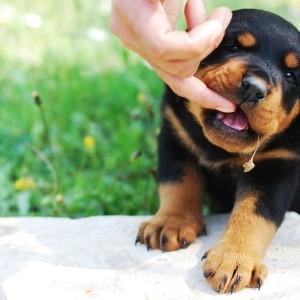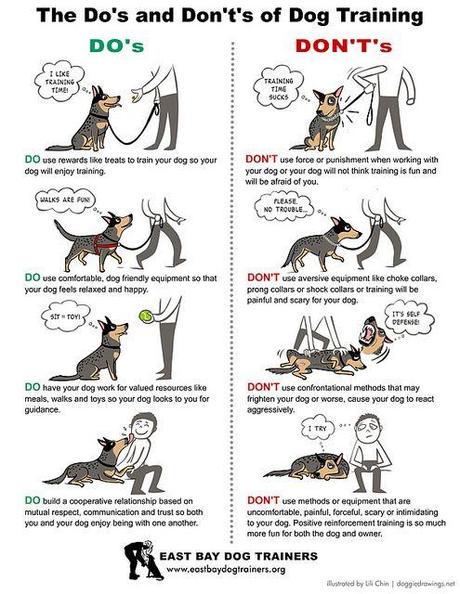
Every dog owner dreams of parenting the best dog there is – a puppy that’s easy and fun to train, a dog that’s well-behaved and loyal, and a senior canine that has been and continues to be a good canine citizen. These dreams can come true if the dog’s training is conducted with love, mutual respect, care and much dedication. After all, a puppy learns from his “parent” everyday and so he must be consistently taught what’s right and wrong.
(Check out Secret to Dog Potty Training)
Like children, puppies require constant supervision and consistent training for them to be raised properly. A lot of puppy owners, especially first-timers, dread obedience and housetraining their pups because they find the task a lot to take in. But training a puppy doesn’t have to be an ordeal; you just have to follow few but important set of rules. The top six of these rules are as follows:
1. Up until you can honestly attest that your pup already learned the basics of obedience and housetraining, you must keep an eye on him all the time. If this is possible, you need to make use of the crate (another important basic housetraining that your pup must master). Creating a schedule for him and adhering to it can tremendously help the puppy settle down quickly and efficiently. Said schedule must include a consistent time to play and/or exercise outside, potty break after every meal and after every nap, rest periods and the likes. When your puppy is busy, he’ll have no time to get bored and get into trouble.
2. Respect is crucial in making the training a success. Canines are known to live in packs and they instinctively follow the leader. So be your dog’s pack leader. Once you’ve establish your leadership to your pup early on and under no uncertain terms, then training him won’t be a hardship since he will obey your orders and commands at all times. It’s also noteworthy to show respect to your puppy; as every leader must also respect his follower.
3. Some canines learn things quicker than others. Large breeds have a tendency to mature slower, so you occasionally need to be more patient with them. Small dogs, in contrast, can be too clever for their own good you’ll also need to be on your toes. Be aware that working breeds, while smart, have an inbred instinct to run after and retrieve, guard or herd, or all three, and call for disciplined handling and training to obtain the very best from them. Such canines tend to thrive on agility training and training “tasks,” like locating items for you or scent-tracking items. Making training a “game” is the secret to good results in every case.
4. Positive training method is the only way to go. Using negative method like shouting at your pup when he got the command wrong, hitting him when you’re frustrated with the training course, or punishing him because he seems to “not get it” won’t do you any good. In fact, it’s probably one of the worst behaviors towards animals ever. Remember that you and your pup don’t have literally the same language so miscommunication and misunderstanding can happen. Rather than react to this negatively, make an effort to let your pup understand your language and try hard to understand his.

Dos and Dont’s of Dog Training *
5. Reward system is another useful method that professional dog trainers recommend. Teach your puppy the notion that when he WANTS something, he’ll have to work for it. This means that if he wants to have an extra time to play outside or chew on his new toy, he’ll have to behave all the time. Rewarding your puppy with food and/or treat is the most common tool in this technique.
6. “No” is NO. Don’t mislead your puppy by telling him “No” but then immediately retracting it just because he gave you the “adorable puppy eye.” Teach your pooch the meaning of “No” and stick with it. This means no to jumping on furniture and on people, no running out unaccompanied, and no chewing of shoes and the likes, and so on. Give him praises when he’d done well; reprimand him by ignoring him when he’d misbehaved. By this method, your pup will learn that he’ll get your attention and love when he’s on his best behavior and not when he’s being mischievous.
*image source

